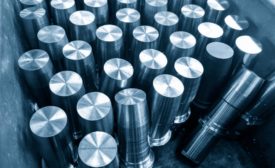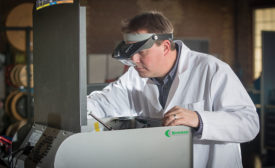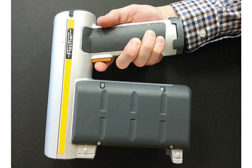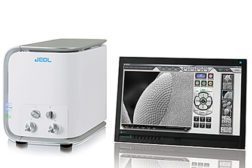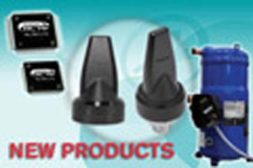Home » Keywords: » silicon drift detectors (SDD)
Items Tagged with 'silicon drift detectors (SDD)'
ARTICLES
Current advances in handheld XRF technology provide users with analytical results in real time.
Read More
With XRF Measurement, the Goal is Achieving Low Limits of Detection Precisely—and Fast
Here’s how to get there.
June 8, 2018
Choosing an X-Ray Fluorescence (XRF) Instrument
Energy Dispersive XRF systems are offered in a number of benchtop configurations and also in portable, handheld configurations.
April 9, 2015
NDT - Back 2 Basics
Advances in SEM Technology for the Quality Control Lab
A scanning electron microscope reveals information about changes in microscopic properties of particles.
October 11, 2013
Get our new eMagazine delivered to your inbox every month.
Stay in the know with Quality’s comprehensive coverage of the manufacturing and metrology industries.
SIGN UP TODAY!Copyright ©2024. All Rights Reserved BNP Media.
Design, CMS, Hosting & Web Development :: ePublishing
